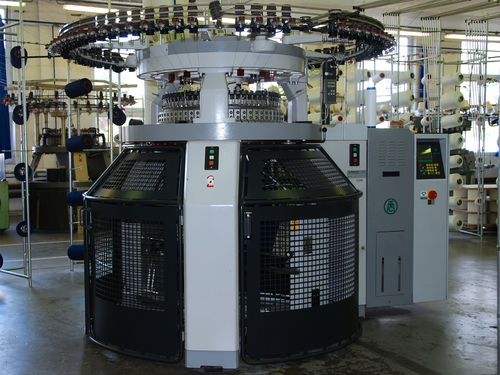A 26-year-old knitting machine operator needed to make an adjustment to the machine. The machine had interlocks that stopped it when its safety gate was opened—but the interlocks were easily disabled, and the worker simply stuck a needle in the “on” button so that he could open the gates and adjust the machine while it was running. The worker was crushed to death by moving parts within the knitting machine.

Yesterday, we talked about three deadly lockout/tagout mistakes workers can make. Unfortunately, there are more than three. Today, we’ll look at two more very common, very deadly mistakes that workers make that proper lockout/tagout could fix.
Misusing interlocks
Interlocks are safety devices. They stop the machine from operating when something, usually some part of the worker’s body, intrudes into the work area. Interlocks are generally designed to protect against accidental or incidental contact, though—not to protect workers performing some adjustment or removing a jam.
Workers who use interlocks when they should use lockout procedures place their bodies at risk, because they haven’t taken proper precautions. They may discover too late that interlocks can be unreliable, reset unexpectedly, or fail. Lockout/tagout is far more secure for the worker who must perform work activities within the zone of danger.
3 of the 10 most common OSHA violations in 2013 were linked to electrical safety. Join our webinar on Wednesday, December 10, when our presenter will explain how to use electrical safety so you can prevent work-related injuries and illnesses at your company. Click here to join now!
Workers need to know: An interlock device will protect them against accidental or incidental contact, but when they purposely enter the zone of danger, they must use lockout/tagout.
Misidentifying the power source
Power sources are supposed to be clearly marked so workers can confidently lock out the machine they will be working on. However, mistakes have occurred.
Workers may lock out the wrong power source if markings are missing, incorrect, unclear, or worn. Workers could also lock out the wrong power source if modifications have been made—for example, if an additional power source has been spliced into the line beyond the point of lockout.
Join us on Wednesday, December 10, for our Electrical Safety: Techniques for Self-Auditing Your Facility to Minimize Risk webinar to learn how to help protect your company from costly citations for noncompliance. Learn more here!
Workers need to know: Your written lockout/tagout procedures should identify all power sources associated with a given machine. Make sure your workers are aware of all power sources that feed into a machine they are working on.
What’s your power source? Safety.BLR.com® can empower you to create a better safety program in your workplace.
